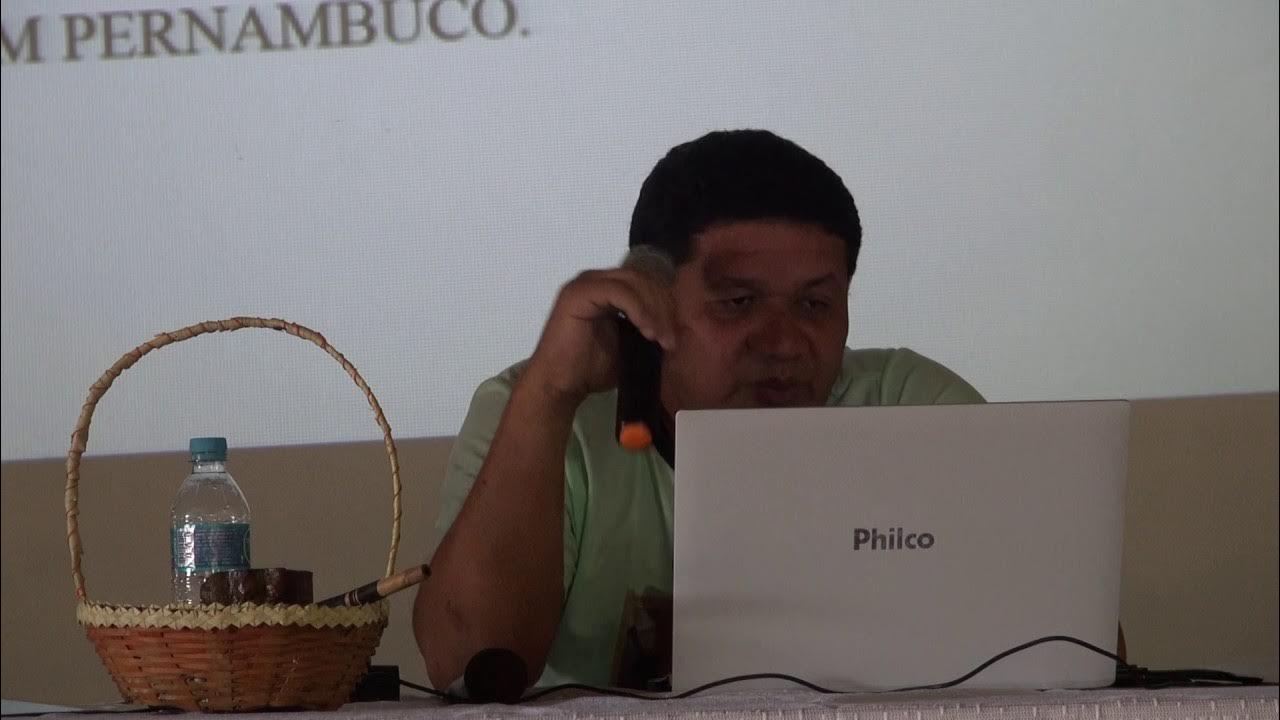Las Misiones Jesuíticas de la Chiquitania, una cultura viva que se conserva
Summary
TLDRThe video discusses the Jesuit missions of Chiquitos, Bolivia, highlighting their historical significance and the vibrant cultural traditions that have persisted through generations. It emphasizes the need for ongoing preservation and maintenance of this heritage, involving local institutions and communities in the process. The speaker, acting as a guardian of this cultural legacy, advocates for sustainable tourism as a means to support conservation efforts, aiming to create a balanced approach that ensures the heritage remains intact for future generations while also generating local economic benefits.
Takeaways
- 🌍 The Jesuit missions in Chiquitos, Bolivia, are significant cultural heritage sites that have preserved local traditions and practices over time.
- 🛠️ Maintaining and restoring cultural heritage is an ongoing process that requires consistent attention and resources.
- 🤝 Local communities and institutions play a crucial role in the appropriation and maintenance of heritage sites, ensuring they remain integral to society.
- 📚 Education and training are essential for engaging younger generations in heritage preservation efforts.
- 🏛️ The cultural heritage of Chiquitos reflects a living history that continues to evolve while honoring its origins.
- 🚀 The Bolivian government and international cooperation are vital in funding and supporting heritage restoration projects.
- ⚖️ A balanced approach to tourism is necessary to promote economic development without compromising the integrity of cultural heritage.
- 📈 Sustainable tourism can create employment opportunities and enhance community livelihoods while preserving heritage.
- 🛤️ Improved access routes have facilitated the restoration efforts, allowing more people to engage with these cultural sites.
- 💡 The ultimate goal is to ensure that cultural heritage remains accessible and relevant for future generations, fostering a sense of identity and pride.
Q & A
What distinguishes the Jesuit missions of Chiquitos from other missions in South America?
-The Jesuit missions of Chiquitos have preserved various historical stages of the country, maintaining traditions, customs, practices, and techniques that continue to the present day.
How have the local communities contributed to the preservation of their cultural heritage?
-Local communities continue to engage in activities related to construction, religious traditions, and customs, ensuring the living culture of their monuments is maintained.
What is the ongoing responsibility regarding heritage conservation mentioned in the script?
-Heritage conservation is not a one-time task; it requires continuous attention, including restoration and a maintenance proposal that involves local institutions and authorities.
What is the ultimate mission of the Bolivian government regarding cultural heritage?
-The mission is to recover heritage and train human resources to incorporate cultural preservation into society, making them significant actors in its execution.
What role do educational initiatives play in preserving heritage, according to the script?
-Educational initiatives, such as scholarships for students from low-income backgrounds, provide opportunities to learn about and engage in heritage conservation.
What does the speaker identify as the most rewarding aspect of their work?
-The speaker finds fulfillment in their role as a guardian of heritage, working to save and preserve it from deterioration.
How has government investment improved access to heritage sites?
-The government has significantly improved access routes to Chiquitos, facilitating better transportation by land and air.
What is the balance that needs to be struck in terms of tourism and heritage preservation?
-The goal is to develop tourism sustainably, ensuring that it does not lead to the degradation of heritage but instead supports its preservation for future generations.
What are the anticipated benefits of tourism development in heritage areas?
-Tourism development is expected to create employment opportunities and provide additional family income while enhancing the local economy.
What approach is suggested for ensuring the future sustainability of cultural heritage?
-The approach involves advancing steadily with tourism products that are balanced and do not compromise the integrity of the cultural heritage.
Outlines

هذا القسم متوفر فقط للمشتركين. يرجى الترقية للوصول إلى هذه الميزة.
قم بالترقية الآنMindmap

هذا القسم متوفر فقط للمشتركين. يرجى الترقية للوصول إلى هذه الميزة.
قم بالترقية الآنKeywords

هذا القسم متوفر فقط للمشتركين. يرجى الترقية للوصول إلى هذه الميزة.
قم بالترقية الآنHighlights

هذا القسم متوفر فقط للمشتركين. يرجى الترقية للوصول إلى هذه الميزة.
قم بالترقية الآنTranscripts

هذا القسم متوفر فقط للمشتركين. يرجى الترقية للوصول إلى هذه الميزة.
قم بالترقية الآنتصفح المزيد من مقاطع الفيديو ذات الصلة

MGA AKDANG PANRELEHIYON SA PANAHON NG PANANAKOP NG MGA KASTILA SA PILIPINAS|DULA| ARALIN SA FILIPINO

KEHIDUPAN KETURUNAN ARAB DI JAKARTA

Meet The Great Igbo People of Nigeria | African Culture & People

O desafio da educação escolar indígena no Brasil - Prof. Expedito Fulni-ô

Jenis dan Cara Memainkan Permainan Rakyat (Kepulauan Riau)

A Makna Tradisi, Kearifan Lokal, dan Budaya
5.0 / 5 (0 votes)
